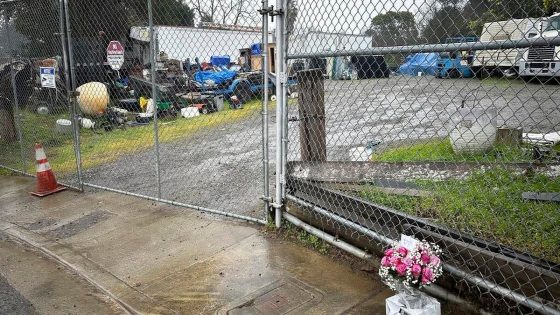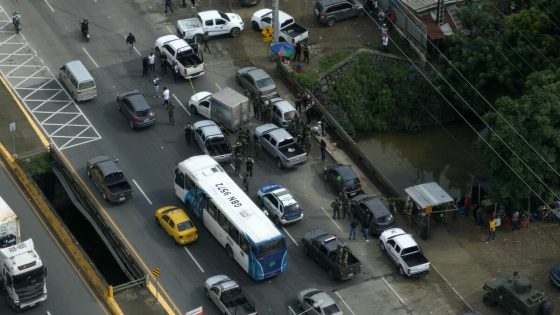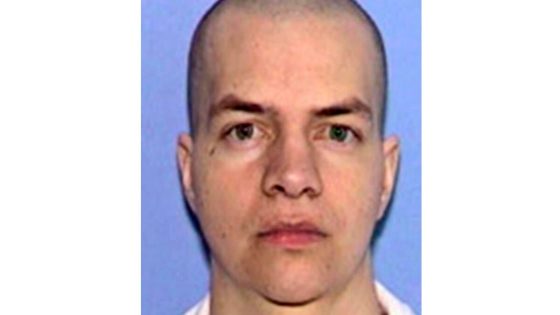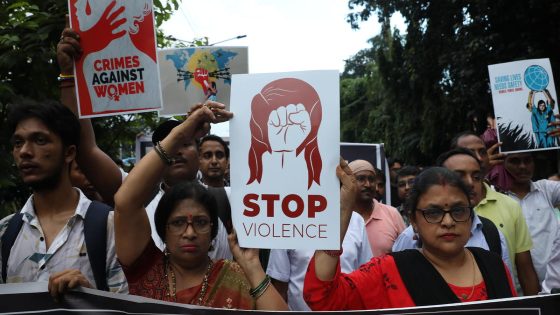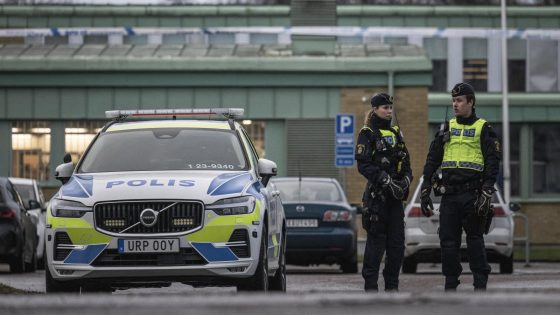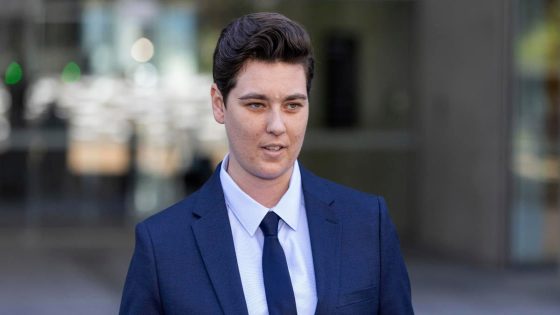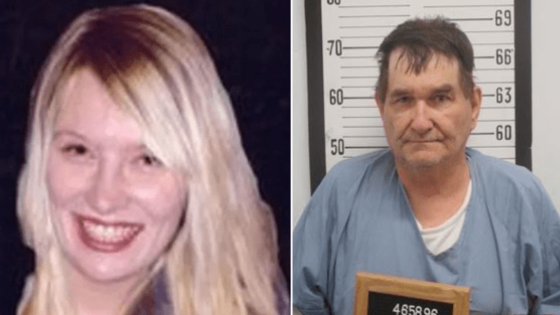In the wooded outskirts of Chapel Hill, North Carolina, a perplexed landlord began to notice an unsettling shift at two of his rental properties. This was not merely the routine behavior of tenants; strange figures in long black coats appeared, parking box trucks ominously outside the duplexes. Eerie whispers of their activities floated around the neighborhood. They ran electrical cords from a truck into one property and kept a stretcher inside another, raising red flags for nearby residents.
- Odd behavior observed by landlord in North Carolina
- Group connected to six deaths across states
- "Ziz" identified as the group's leader
- LaSota's blog promoted extreme beliefs
- Landlord in California killed during eviction
- Border Patrol agent shot in Vermont incident
By the time the FBI descended on the scene last week, the web of intrigue had already spiraled into tragedy. One of the most recent tenants, caught up in a violent lifestyle, had been killed in a shootout with U.S. Border Patrol agents in Vermont. A second individual connected to the group was under arrest, while a third, shrouded in secrecy and known only as “Ziz,” remained missing. Authorities were linking this tangled cult-like group to six deaths across three states, leaving the community and law enforcement in a state of alarm and confusion.
“It’s a chilling situation,” said a neighbor who watched the odd events unfold, recalling how those dressed in black would wander the neighborhood hand-in-hand at night, never uttering a word.
The Federal Bureau of Investigation had recently intensified their investigation after the tragic death of a Border Patrol agent during a routine traffic stop on January 20. This incident set off alarm bells, leading authorities to connect various dots involving a cohort of intelligent and troubled individuals—most of them in their 20s and 30s—who had met online and were fueled by anarchist beliefs. Their motivations were murky; the online ideologies they espoused ranged from radical veganism to discussions on gender identity and artificial intelligence.
Central to this unraveling narrative is Jack LaSota, a 34-year-old who has been implicated as the leader of this bewildering group, calling themselves “Zizians.” In an era where online communities can become echo chambers, many who engaged with LaSota’s writings felt understood, even as those ideologies spiraled into violence. LaSota, a self-identified transgender woman, began her journey pulsing through the rationalist community but ultimately departed with a group of vulnerable followers, which included members expressing extreme behaviors.
Jessica Taylor, an artificial intelligence researcher who crossed paths with LaSota, remarked, “There are those who think it’s rational to avoid paying rent and to defend oneself against eviction.” Meanwhile, Anna Salamon of the Center for Applied Rationality highlighted the allure of LaSota’s writings, explaining how they could appeal to those who felt marginalized.
In late November 2019, LaSota’s dissent turned public during a protest in Northern California aimed at an event run by the Center for Applied Rationality. This confrontation escalated when deputies called a SWAT team to manage the mask-clad protesters, underscoring the group’s growing defiance.
From there, the narrative twisted further. By the autumn of 2022, LaSota and acolytes had made a home for themselves in Vallejo, California, living in vans and box trucks owned by Curtis Lind. Tensions boiled over on November 13 when Lind attempted to evict them for unpaid rent. The conflict escalated into violence, resulting in Lind fighting back against members of the group, leading to the fatal shooting of one of them, Emma Borhanian.
The legal ramifications were swift. While Lind was deemed to have acted in self-defense, two of his alleged attackers were charged with murder. LaSota was present but not arrested, casting a long shadow over the case which followed disturbing patterns of violence.
The turn of 2022 brought more heartache when an elderly couple, Richard and Rita Zajko, were found dead in their Pennsylvania home on December 31. Police discovered their daughter, Michelle, alongside LaSota during an investigation into their deaths, oblivious to the dark specter encircling her family. While LaSota faced charges of obstructing law enforcement during this tumult, she remained adamant about her innocence.
The sad saga continued with the murder of Curtis Lind just days before an expected trial related to Borhanian’s death. The discovery of his body, found on January 17, sent shockwaves through the community as authorities scrambled to identify connections between suspects and previous victims.
Then came the pivotal moment in Vermont. On January 20, agents pulled over a vehicle driven by Teresa Youngblut, a member of the Ziz group. The situation escalated as Youngblut opened fire, resulting in the deaths of both a border patrol agent and her passenger. Inside the vehicle, authorities unearthed a disturbing cache: ballistic helmets, night-vision goggles, and murder implements, revealing an alarming layer to the group’s activities.
Witnesses and neighbors recollected their eerie interactions with members of LaSota’s group. One neighbor described seeing those clad in black robes walking through the neighborhood at night, describing their bond as an “unspoken care” amid fears for their safety. This only deepened the sense of dread building within the community.
As of now, as investigations continue, Jack LaSota remains at large. The full implications of this group’s actions continue to unravel, with ongoing leads and rising tensions drawing scrutiny to the online spaces that may have fostered such ideologies. Residents are left grappling with the aftermath and questioning the shadows lingering on their doorstep, looking for answers in a situation that continues to evolve in unsettling ways. The chilling reminder remains that what lurks in the shadows may be far more threatening than anyone could have ever imagined.



